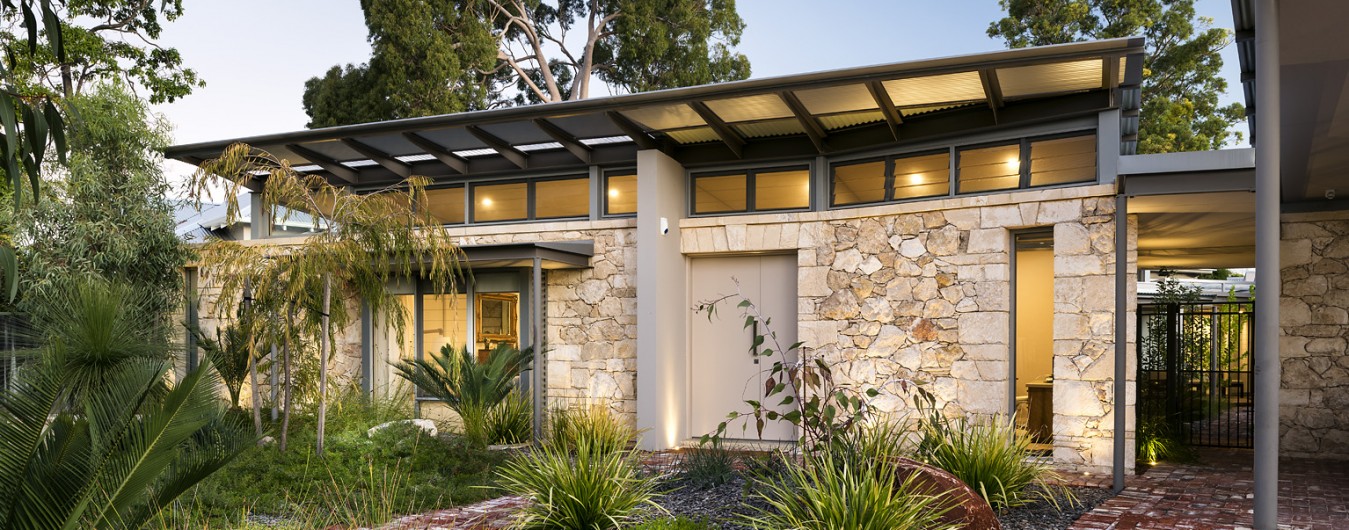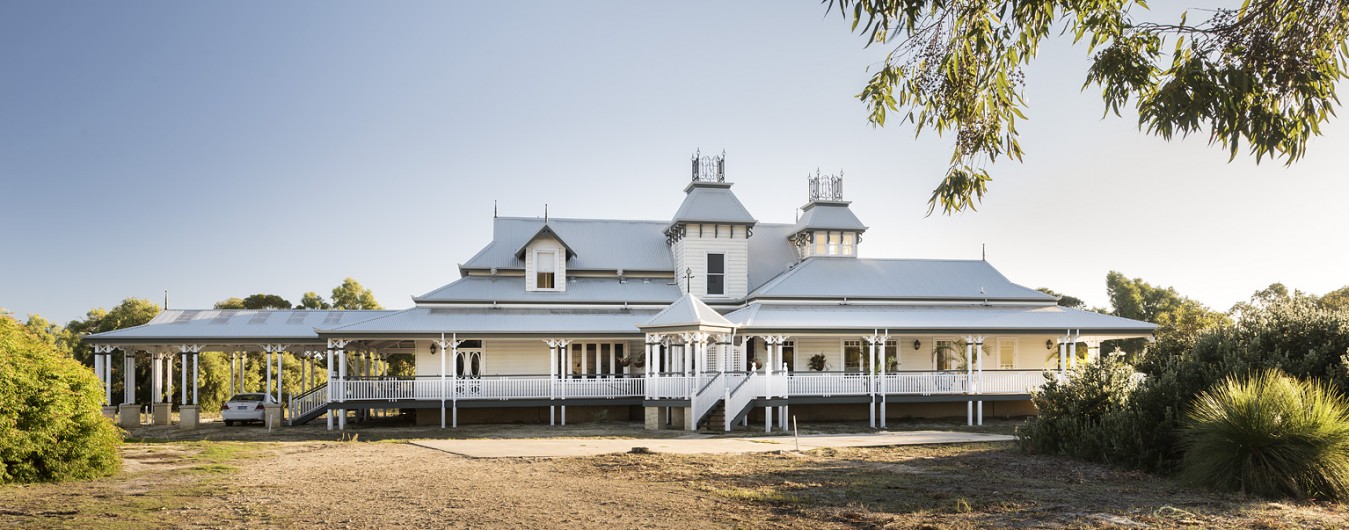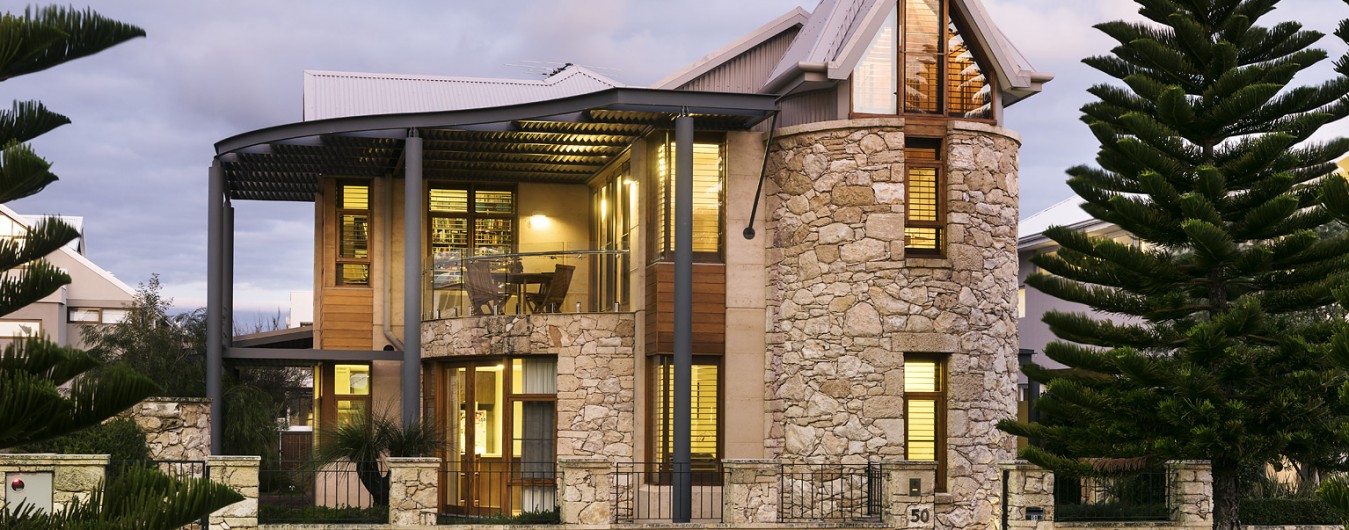Greenhouse Gas HFCs Produced by Air Conditioners
Air-conditioners while keeping us cool, release the potent Hydrofluorocarbons (‘HFCs’) greenhouse gas into the environment. Unfortunately HFC as a refrigerant replaced the ozone-damaging Chlorofluorocarbon (‘CFC’) greenhouse gas in the mid 1990s. At that time governments around the world acted stop the growth of the emerging holes in the ozone layer, the biggest hole being the hole over Antarctica. CFCs were not only damaging to the ozone layer, they were a potent greenhouse gas. Now we have to worry about HFCs.
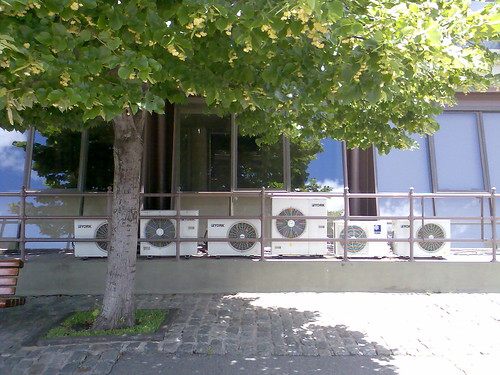
Greenhouse Gas Producers
photo credit :Flick’r (c) by FLO
Unbridled Growth of Air-Conditioner Use
Flying in the face of Climate Change action and the quest to reduce greenhouse gas and carbon pollution in the environment, legislators are making it too easy for the average person to adopt air-conditioning.
Due to mass production in China air-conditioners are very cheap. In the last 30 years there has been an almost unhealthy alliance between air-conditioning manufacturers and governments throughout the western and developing worlds to promote the use of air conditioners.
The air-conditioning industry itself has mounted enormously successful advertising campaigns to convince people that their homes are somehow incomplete without an air-conditioner.
Even in Australia the energy efficiency measures in the Building Code of Australia and the rating tool ‘AccuRate’ assume that:
- there is a heating and cooling device in the home
- the efficiency of the structure is determined mainly by discomfort hours of the interior
- how little the space heating/cooling equipment is used.
Achieving Natural Comfort Inside the Home
Any architect with experience of designing homes in temperate climates knows we simply do not need air conditioning when well-optimized passive solar principles are applied to the home design and the householder knows what to do to achieve natural comfort.
My wife and I are by no means economic battlers. Our home, the Housing Industry of Australia “GreenSmart Building of the Year” in 2005 in Western Australia, does not have air conditioning at all and only a small solid fuel fireplace that was used only on very cold winter nights. See pictures and details of our solar passive home.
In 2006 our fireplace was not used at all.
Indoor temperatures stay comfortably between 18 degC (64.4F) and 28 degC (82.4F) at least 99% of the year.
When the temperature is 35 degC (95F) outside, we remain a comfortable 26 deg C (78.8F) in our living areas during the day and when the outside temperature goes up to +40 deg C (+104F) we still keep a bearable 28 deg C (82.4F).
Why are we, and many of my architectural and engineering colleagues, so passionate about having people in temperate climates experience the benefits of natural comfort by applying passive solar homes design principles and avoid air conditioning?
It is because we know what can be achieved by clever design and construction of a home and using simple centuries-old management practices. Also we are aware how damaging wholesale air conditioning is on air pollution!
In the 1970s many of the world’s building science experts demonstrated very well that homes in temperate climates did not need air conditioning for cooling in summer. Even in sub-tropical and hot desert areas it can be greatly reduced.
However the ‘dumbing down’ of regulations to suit the ignorance of the average person and the builders supplying homes to them, as well as the large home-appliance stores making large profits from convincing people that they needed cheap air conditioners, really prevented any common sense and self-discipline from prevailing.
Of course bureaucrats and government authorities simply took the easy way out and avoided any backlash from the public.
Greenhouse Gas | 400,000 tons Released
In teaching the “MSc In Environmental Architecture” course since 2006, I emphasize this aspect in the hope that a new generation of scientifically-trained architects will bring some common sense to building regulations in the future. It simply has to happen, preferably earlier rather than later.
The Premier of Western Australia, Mr Colin Barnett, was unfairly attacked by many members of the public in 2010 for having the courage to suggest that in a temperate climate like Perth, Western Australia, there is no need for air conditioning. He stated he did not have air conditioning in his own house. Unfortunately the public has been brained-washed into believing they need to create comfort by flicking an electrical switch.
The consequence of taking this undisciplined approach is that 400,000 tons of greenhouse gas is now being released into the atmosphere each year and is growing by 10% annually.
In most affluent suburbs in Western Australia the peak load on power demand has grown at 10% each year. There is a double whammy of leaking HFC greenhouse gas from air-conditioners and the need for additional coal fired power stations to supply the electricity for their use.
Minimize Air-Conditioning
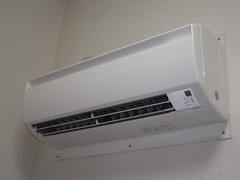
Air Conditioner Photo © by rockriver
Clearly a Plan B is needed. Intelligent people can avoid this “status symbol.” Nobody is suggesting that air conditioning is not a modern technological miracle of the 20th century. Over the last 20 years it has become twice as efficient as when it was first introduced.
By alleviating uncomfortable working conditions in the hot and tropical areas of the world, the use of air-conditioning has increased productivity and added economic prosperity to much of Asia.
In modern office environments and hotels in temperate climates the density of people and the heat loading from lights and appliances such as computers, makes it necessary to have some air conditioning. However, much can be done to reduce energy dependence and the leaking of HFC greenhouse gas into the atmosphere. To suggest that we all need air conditioning in the residential sector in temperate climates is nonsense. Obviously powerful lobby groups have created this illusion.
One would think that the engineering profession and academia would be leading the way in minimizing the use of air conditioning. Simple action like opening windows at night and closing them during the day, using natural heavy weight materials inside for thermal inertia, will do the job all but for 5 days a year in Perth.
Reduce Greenhouse Gas Reduce Energy Dependence
The reality is climate change and something needs to be done and fast!
I believe that we cannot allow laziness to undo much of the great work in reducing energy dependence in the built environment.
Refer to David Fogarty’s articles for Planet Ark on the effects of carbon pollution and greenhouse gas emissions.
Read more about solar energy homes and greenhouse gas reduction solutions.
To keep abreast of important changes in renewable energy please sign up to receive our newsletter on the solar-e.com home page: Solar Energy Facts





